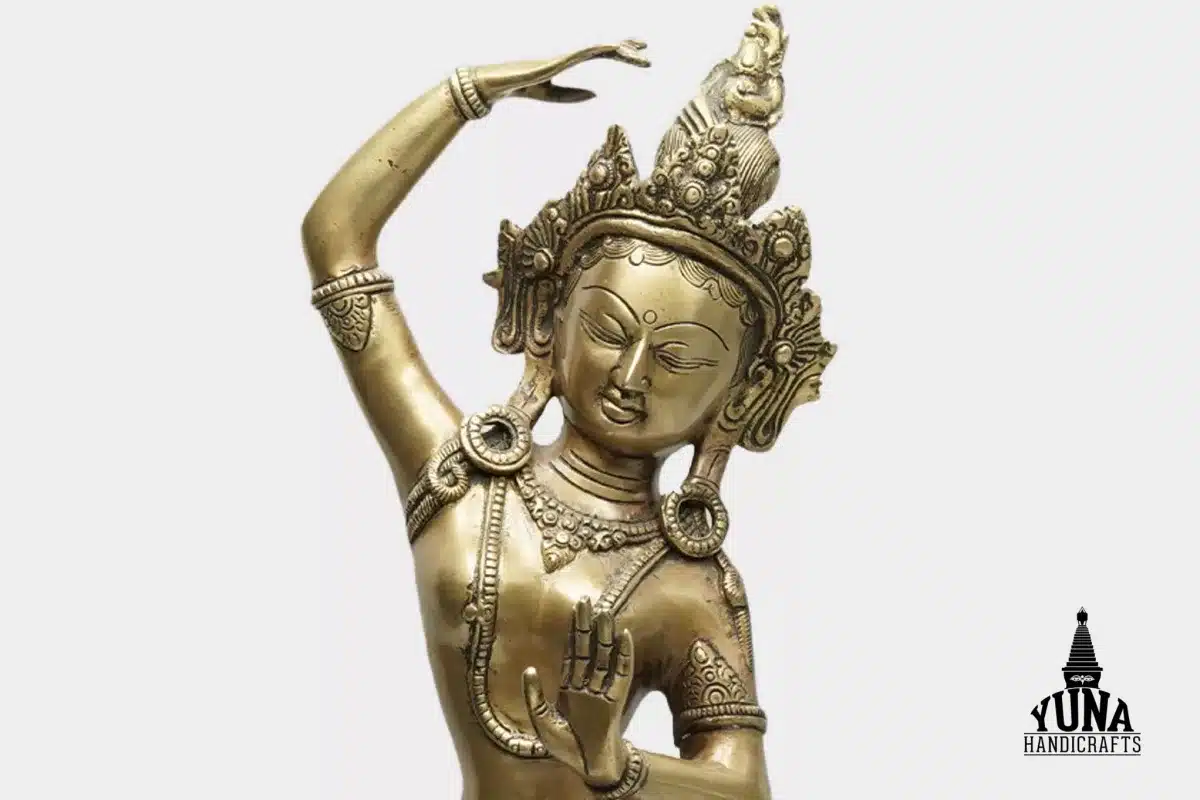Blog
Metal Statues in Nepal: Preserving the Artistic and Religious Heritage
![]()
Nepal, the land of Himalayas, is known for its rich cultural heritage and religious diversity. The country is home to numerous ancient temples, stupas, and shrines, which are adorned with exquisite metal statues. These metal sculptures represent the artistic and religious traditions of Nepal and reflect the skills of Nepalese craftsmen.
Metal statues have been an integral part of Nepalese art and architecture for centuries. They are not only decorative but also have a religious significance. These statues are usually made of bronze, brass, or copper and are often gilded with gold. They depict various deities, mythical creatures, and historical figures.
The art of making metal statues in Nepal is passed down from generation to generation. Nepalese craftsmen have mastered the technique of lost-wax casting, which involves making a wax model of the desired statue and then casting it in metal. This technique requires precision and skill, and it takes several months to complete a single statue.
Metal statues are found in almost every corner of Nepal. The most famous metal statue in Nepal is the Sakyamuni Buddha statue, located in the center of Kathmandu. This statue, which dates back to the 7th century, is one of the oldest and most significant metal statues in Nepal. It is made of brass and stands at 5.5 meters tall. The Sakyamuni Buddha statue is a symbol of peace and enlightenment, and it is worshipped by both Buddhists and Hindus.
Another popular metal statue in Nepal is the Garuda, a mythical bird that is the mount of Lord Vishnu. The Garuda statue is often found at the entrance of temples and is believed to ward off evil spirits. The Garuda statue is made of copper and is usually gilded with gold.
The metal statues in Nepal are not just a form of art but also have a religious significance. These statues are worshipped and are an essential part of Nepalese religious rituals. They are believed to be a source of spiritual energy and are thought to bring good luck and prosperity.
In recent years, the Nepalese government has taken several steps to preserve the metal statues in Nepal. The government has set up a National Metal Statues Conservation Program to protect and maintain the metal statues. The program involves restoring and repairing damaged statues and training craftsmen in traditional metalworking techniques.
In conclusion, metal statues in Nepal represent the artistic and religious heritage of the country. They are not only a form of art but also have a religious significance. The Nepalese craftsmen have mastered the technique of lost-wax casting, and the metal statues are found in almost every corner of the country. The metal statues are an essential part of Nepalese culture and are worshipped by both Buddhists and Hindus. The government has taken several steps to preserve and maintain these statues, and they continue to be an integral part of Nepalese life.



